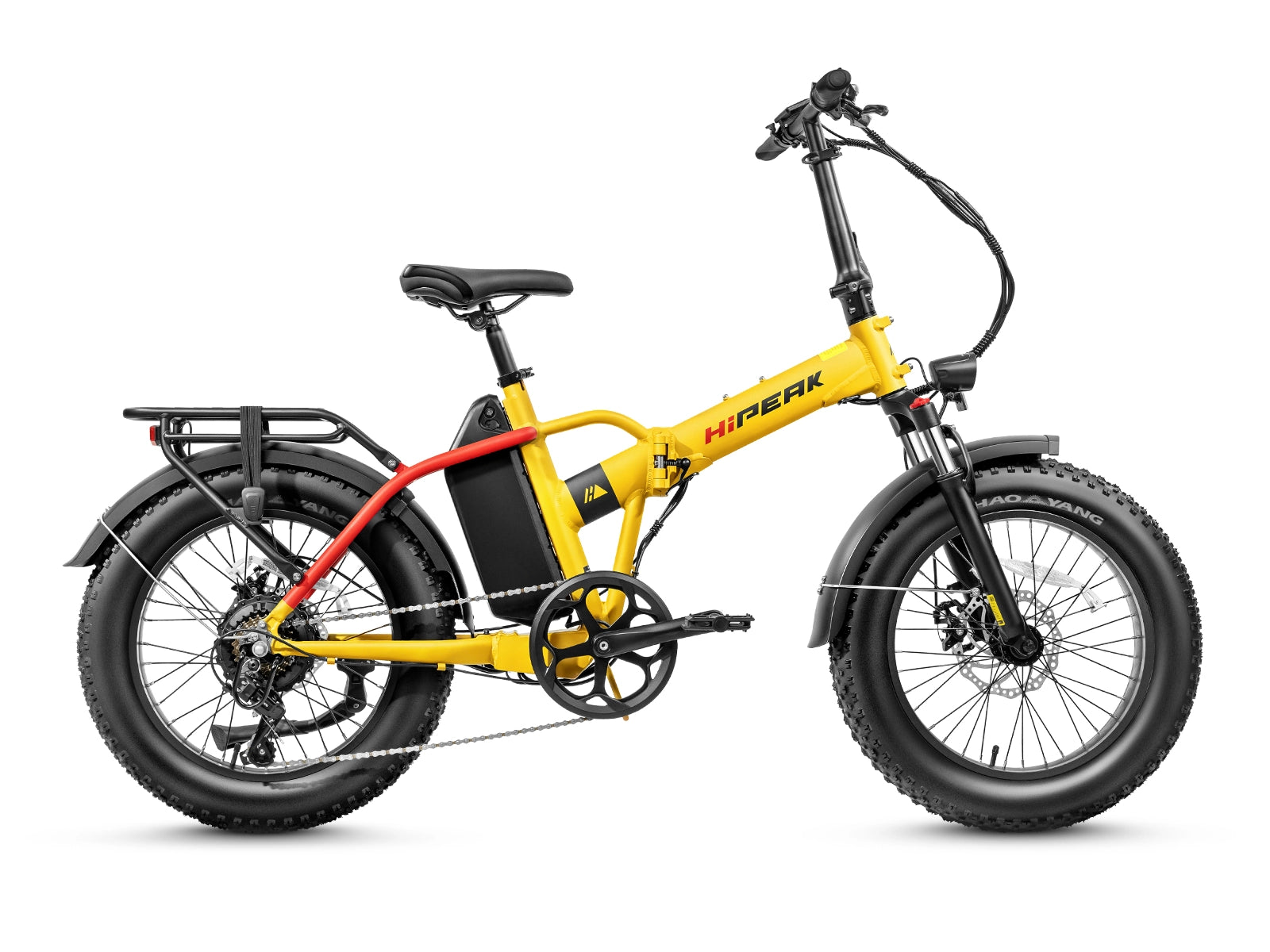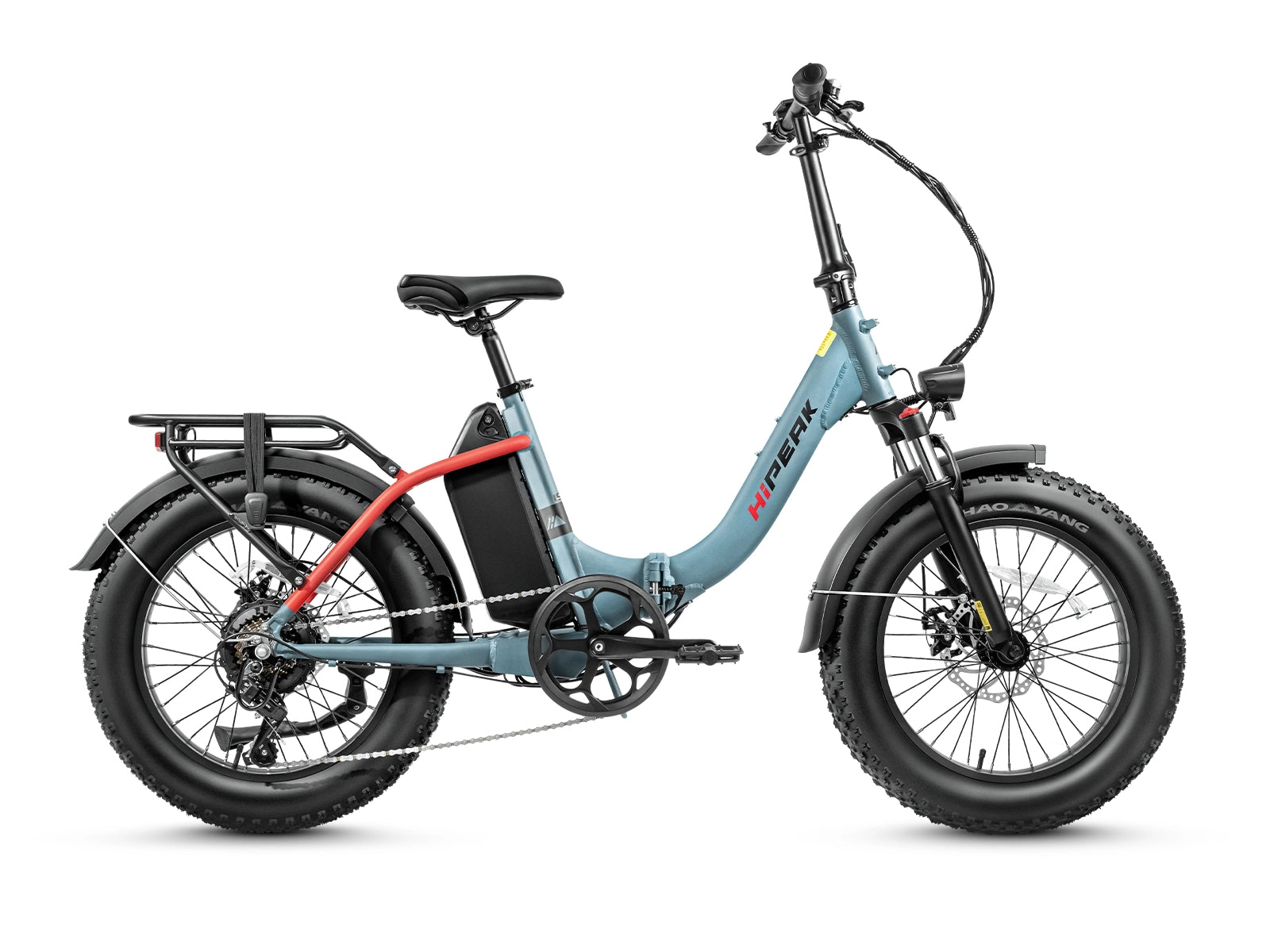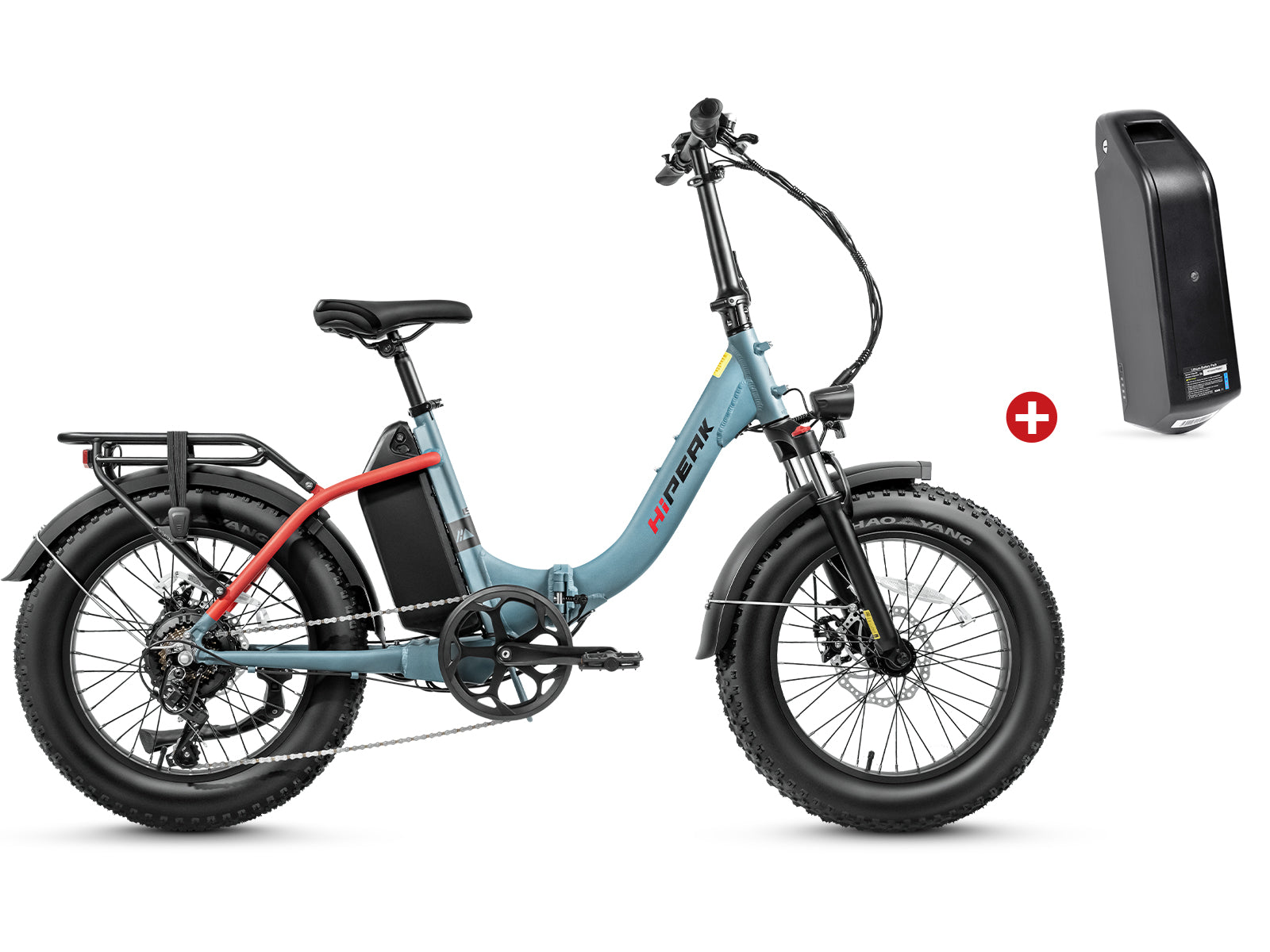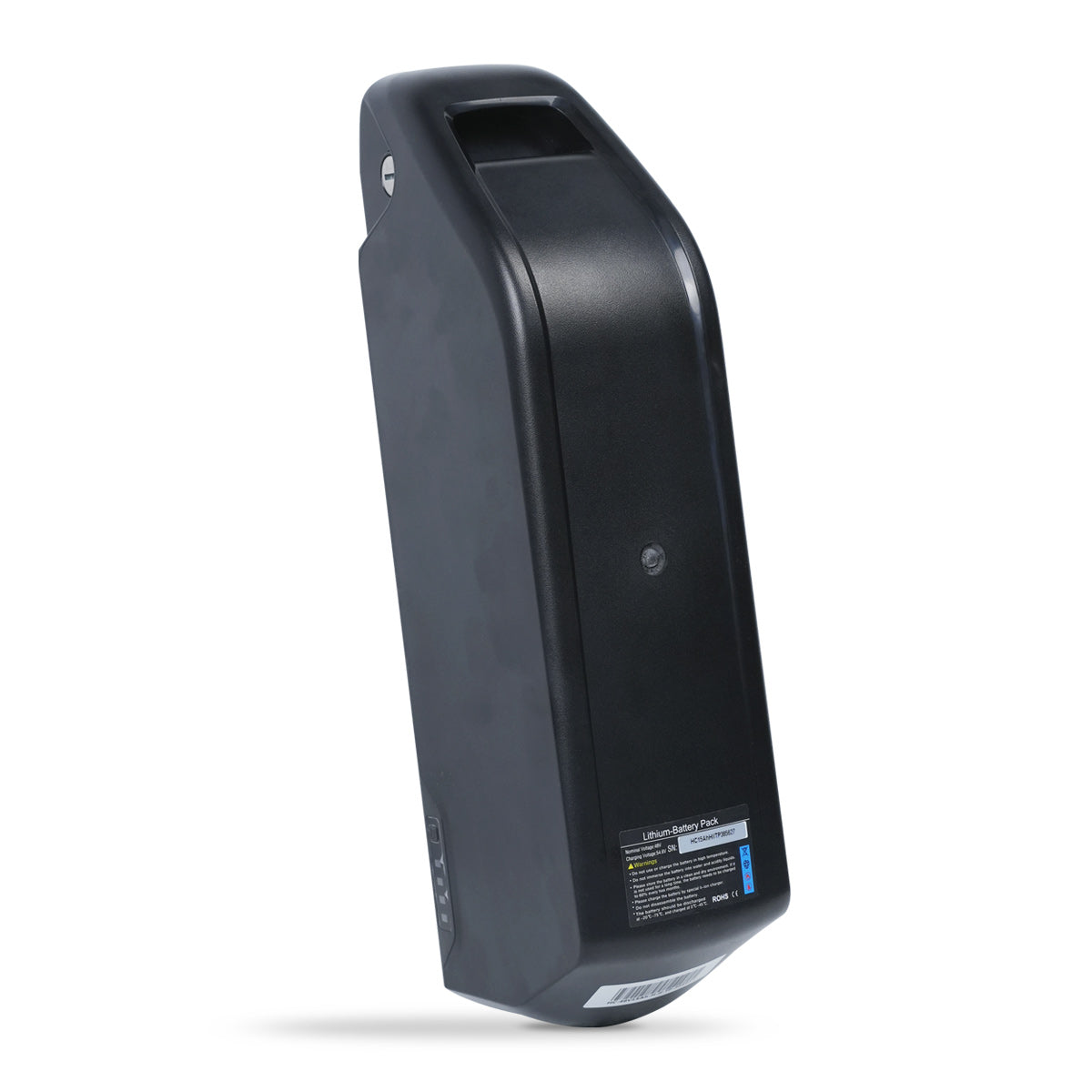How Often Does My Foldable E-Bike Need Maintenance?

How To Maintain the Folding Electric Bike
Having an electric bike isn't just about the thrilling rides you enjoy. Instead, the key is in doing thorough and timely maintenance. Keep in mind that there are add-ons available that can simplify upkeep. Essential accessories may also include a cover to protect the electric bike's battery from the elements. If you've hardwired your battery, this may be extremely crucial. If you want your e-bike to last many years without losing its shine, here are some tips for keeping it in top condition.
How Many Miles to Service
The upkeep of an electric bicycle is, in many ways, the same as that of a regular bike. Yet, the powertrain (the cranks, the chain, and the sprockets) is susceptible to more significant stresses and wear than the rest of the machine. A well-maintained bicycle is a happy bicycle. When combined with water & grease, dirt, and muck produce a paste that reduces your bike's performance and speeds up the wear on its consumable parts.
In addition to increasing the efficiency and longevity of your electric bike's essential parts, a frictionless operation is a significant selling point. Maintain the drivetrain clean and in good working order; power output and battery life are meaningless if the gears grind and skip. When the drivetrain is well-maintained and the gears are correctly set, riding the bike is more enjoyable and productive.
Chains on electric bicycles should be oiled more frequently than conventional ones. If you want a smooth-running gearbox, you must regularly lubricate the chain. This should be done after every ride and cleaning and drying the bike. You may oil the chain if your bike has a "walk" mode, which slows the rotation of the cranks (and the rear wheel).
The pressure in your bike's tires is another thing you should check frequently. Not only is it risky to drive on underinflated tires, but it also decreases fuel economy and power output from the batteries. However, if you're riding off-road, you should run your tires at a reasonable amount of pressure.
Keep your tires inflated within the suggested pressure ranges shown on the sidewall as a starting point but play around to find the sweet spot that strikes the best balance between your vehicle's overall weight, ride quality, handling, comfort, and rolling resistance.
Signs That an Inspection Is Needed:
- The Brakes Didn't Stop Like They Used To: The safety of your e-Bike rides depends on ensuring that the brakes are in good working order. It's a good idea to test the e-brakes bikes before you set out on your journey. After pedaling a short distance, you may push the front and back brakes to ensure they operate properly and bring the bike to a complete stop when you press and hold them. Ensure the brake pads are clean and free of any debris that can hinder their performance, such as mud or dirt. Whether riding an e-bike or an e-Cargo Bike, it's always a good idea to check your brakes before setting off. Still, it's especially crucial if you're transporting anything heavy or young Whether you're riding an e-bike or an e-Cargo Bike, it's always a good idea to check your brakes before setting off. Still, it's especially crucial if you're transporting heavy or young passengers.
- Gears don't get brittle: While going on lengthy trips, riders should include a repair kit in case they need to make any repairs. Fixing a flat tire is just one example of the numerous instances in which having the correct tools and equipment would be helpful. Avoid flat tires and extreme resistance on the road with the help of a frame pump. Always keep an eye out for potential road hazards to avoid a flat tire but be prepared to change a tire if one should develop.
- Excessive noise when pedaling: If your bicycle only creaks and makes noises when you pedal it, there is a significant likelihood that the problem is located somewhere in your bicycle's drivetrain. The bottom bracket is typically the most problematic component. If your bike creaks only when you're sending power down through the pedals, check to see that the bottom bracket is both snug and oiled.
- The tire is cracked or visibly damaged: Wear can occur rapidly as the fissures widen. That's the kind of thing that may make a minor break in a tire become a huge one or whatever else can cause a blowout. The tire's integrity has probably been damaged if there is an obvious breaking between the treads. Now is the time to have the tire checked by a professional. Tires that have developed cracks while only a few years old may have been flawed by the factory and should be changed promptly. Visit your neighborhood tire shop if you see any cracks or other signs of wear. Cracked tires can sometimes be fixed, but this may delay the inevitable. If the cracks are deep enough, you should replace the tires for your and other drivers' safety.
- The chain is dirty or rusted: Check the chain and all the gears on your electric bike when the tires are securely raised off the ground (if applicable). Grab the chain using a cloth that's been thoroughly cleaned and wrung out and do it any place between the gears and the pedals. Turn the pedals a few times to ensure that the chain completes at least one full revolution through the rag, capturing any dirt or debris that may have been missed. After that, apply lubrication by the directions provided by the manufacturer. This is a crucial step that must be taken to make sure that your gears move smoothly and that your drivetrain can withstand the test of time.
A Final Word
Safety should be your primary concern when it comes to riding an electric bike and maintaining it. Your electric bicycle will serve you well into the foreseeable future if you perform these routine safety inspections and your checks on the bike and its maintenance. If, however, you ever find yourself in a situation where you do not feel confident doing any of the safety checks on your bike that we have described, feel free to seek the assistance of the professionals at your neighborhood bike shop! They frequently have highly skilled technicians who can identify any issue and get you back on your way as quickly as possible.
And remember to take into account how often you ride your bike! The fewer miles you put on your bike each week, the less frequently you'll need to get it tuned up by a professional. The more often you ride, the more you'll want to anticipate and prepare for any potential issues that may develop. You want your bike to be in excellent working condition so that it can get you from point A to point B in a risk-free manner.





















Leave a comment